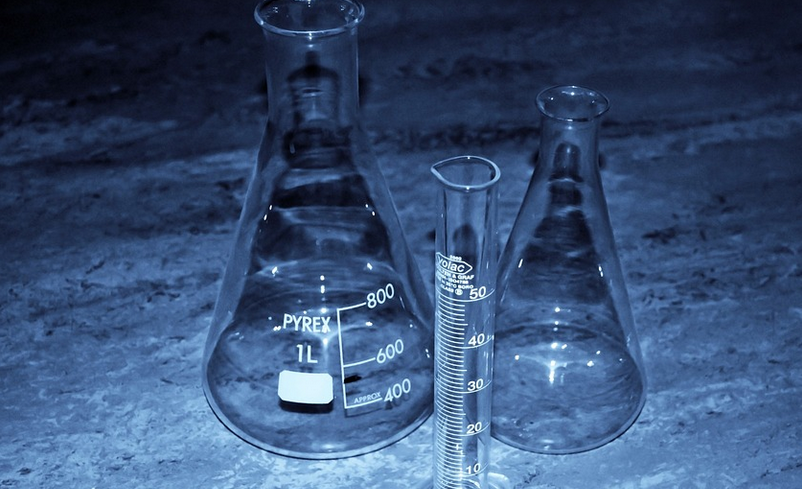Chemical change is a process where one or more substances undergo a chemical reaction, resulting in the formation of new substances with different chemical properties. Here are the 5 examples of chemical change you should know about:
1. Rusting of Iron
One of the most common examples of chemical change is the rusting of iron. When iron is exposed to oxygen and moisture, it reacts with the oxygen to form iron oxide, which is commonly known as rust. This reaction changes the properties of the iron, making it weaker and more brittle.
2. Burning of Wood
Burning of wood is another example of chemical change. When wood is burned, it undergoes a chemical reaction with oxygen in the air, resulting in the formation of carbon dioxide, water vapor, and ash. This reaction releases energy in the form of heat and light.
3. Cooking an Egg
Cooking an egg is a chemical change that involves the denaturation of proteins. When an egg is heated, the proteins in the egg white and yolk undergo a chemical reaction, causing them to denature and coagulate, resulting in the solidification of the egg.
4. Digestion of Food
Digestion of food is a complex chemical change that occurs in the human body. When food is consumed, it undergoes a series of chemical reactions in the digestive system, breaking down the complex molecules into simpler ones that can be absorbed by the body.
5. Photosynthesis
Photosynthesis is a chemical change that occurs in plants. It is the process by which plants convert sunlight, carbon dioxide, and water into glucose and oxygen. This chemical reaction is essential for the survival of plants and other living organisms. In conclusion, chemical change is a fundamental process that occurs in our daily lives, and understanding its various examples can help us appreciate the complex chemistry behind everyday phenomena.

